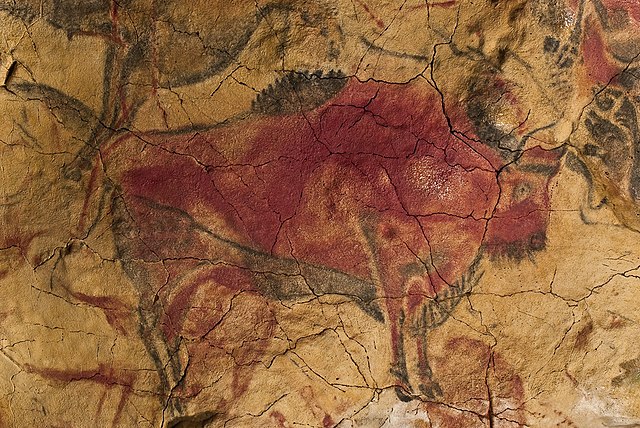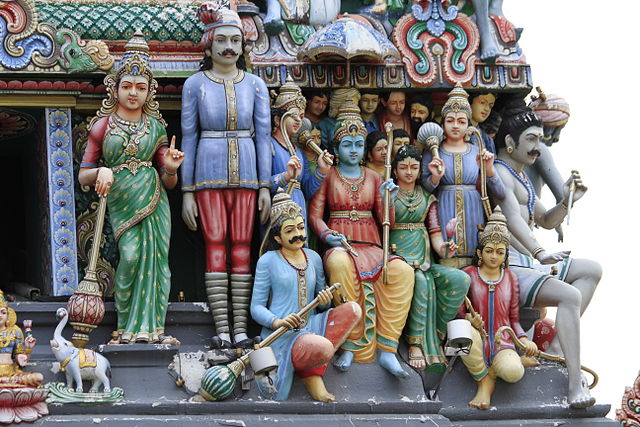In a society, high culture encompasses cultural objects of aesthetic value, which a society collectively esteems as being exemplary works of art, and the intellectual works of literature and music, history and philosophy, which a society considers representative of their culture.
The Creation of Adam, from Michelangelo’s Sistine Chapel ceiling – an example of high culture
The Acropolis of Athens, Greece
T. S. Eliot
A painting by Ming Dynasty artist Chen Hongshou showing a scholar-gentleman (literai) with a guqin, a Chinese musical instrument
Culture is a concept that encompasses the social behavior, institutions, and norms found in human societies, as well as the knowledge, beliefs, arts, laws, customs, capabilities, and habits of the individuals in these groups. Culture is often originated from or attributed to a specific region or location.
Human symbolic expression developed as prehistoric humans reached behavioral modernity.
Religion and expressive art are important aspects of human culture.
Germans marching during a folk culture celebration
Pygmy music has been polyphonic well before their discovery by non-African explorers of the Baka, Aka, Efe, and other foragers of the Central African forests, in the 1200s, which is at least 200 years before polyphony developed in Europe. Note the multiple lines of singers and dancers. The motifs are independent, with theme and variation interweaving. This type of music is thought to be the first expression of polyphony in world music.








